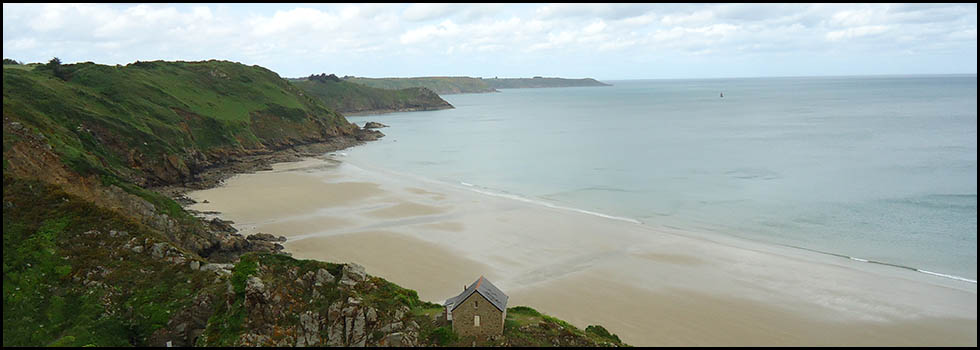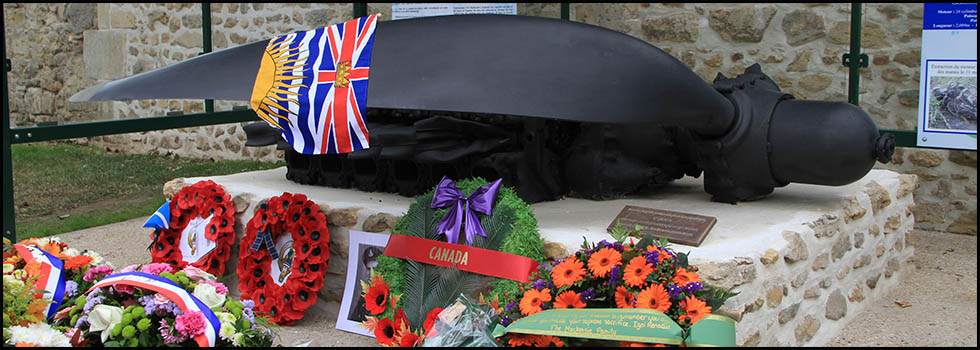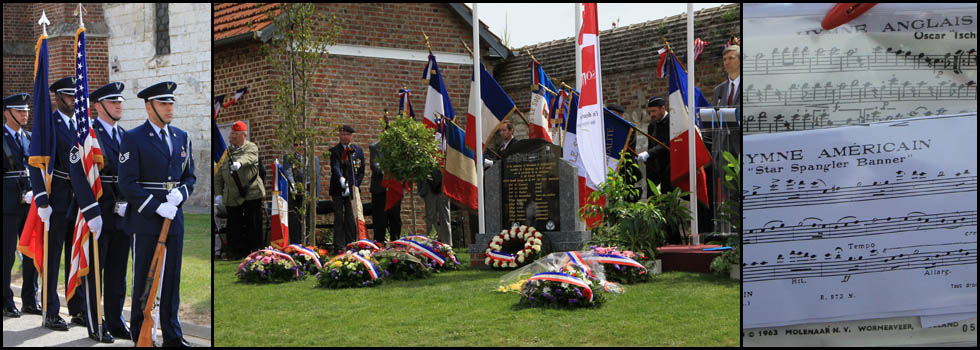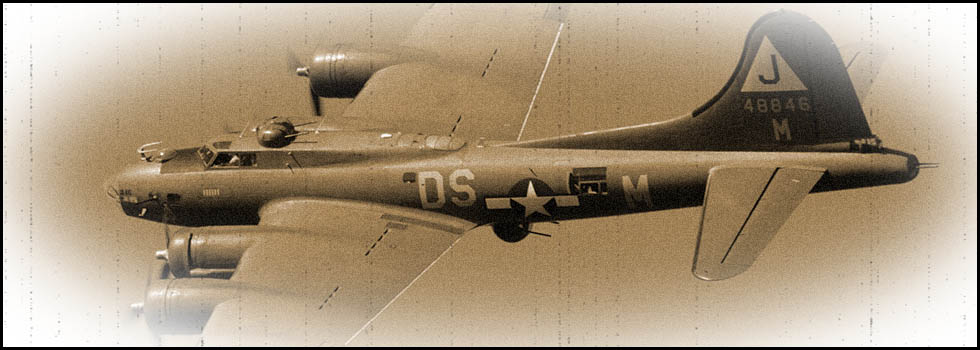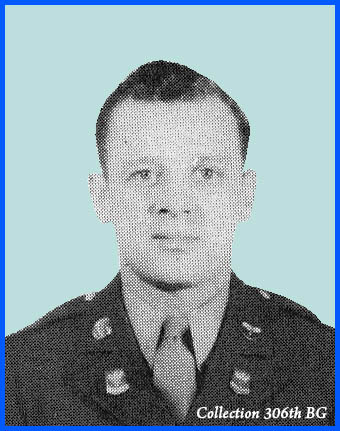Wavignies and Campremy (Oise)
En français
At the end of September 2013, we were honoured to welcome visitors in charge of a specific and particular mission in our region.
A team of seven people working for the Missing Personnel Office of the Department of Defense of the United States, which has its headquarters in the Pentagon, Washington DC, came to spend two days in the north of the department of Oise.

Their mission is to investigate, to find and attempt to identify the more than 73,000 men killed in action in various theatres of operations during the Second World War, whose bodies were never found. Airmen, soldiers or sailors, these men have no known grave. Only their names are engraved on the "Wall of the Missing" of many American military cemeteries throughout the world.
Their goal is to try to bring these soldiers back to the United States, with all honours.
The interest of their visit to the Oise focused on the specific case of an airman, S/Sgt. James H. Coleman, ball turret gunner aboard a Boeing B- 17 "Flying Fortress", belonging to the 306th Bomb Group, 423rd Bomb Squadron of the USAAF, shot down on 11th February 1944 near the village of Wavignies, on the way back from a bombing mission over Frankfurt, Germany.
The crew of the B-17G # 42-31388 :
| 1st Lt. Geno DiBETTA | Pilot | 22 | Evaded | Parkersburg, West Virginia |
| 2nd Lt. Earl J. WOLF Jr | Co-pilot | 22 | Evaded | Princeton, Illinois |
| 1st Lt. Raymond F. FEILBACH | Navigator | 27 | POW | Monroe, Louisiana |
| 1st Lt. Jerroll E. SANDERS | Bombardier | 22 | POW | Highlands, Texas |
| T/Sgt. Fortunato V. CHICCARELLI | Engineer, Top turret gunner | 19 | POW | Boston, Massachusetts |
| T/Sgt. Clyde E. HEWITT Jr | Radio-operator | 22 | Evaded | Gary, Indiana |
| S/Sgt. James H. COLEMAN | Ball turret gunner | 27 | MIA | Indianapolis, Indiana |
| S/Sgt. Guy H. GOLDEN Jr | Right waist gunner | 22 | Evaded | Pine Bluff, Arkansas |
| S/Sgt. Leonard F. BERGERON | Left waist gunner | 24 | Evaded | Hartford, Connecticut |
| S/Sgt. Eldo C. WESELOH | Tail gunner | 21 | Evaded | Los Angeles, California |
Of the 10 crew members, six were rescued by the population and were able to return to England with the help of escape routes. Three were taken prisoner by the Germans. Only S/Sgt. James H. Coleman was killed in action. The unrecognisable, decimated parts of his body were never actually found and identified although some fragments were buried by the Germans in the military cemetery at Beauvais- Marissel.
After the liberation of our region, his grave was investigated in April 1945 by the American authorities. The few bones of S/Sgt. Coleman did not allow his formal identification.
The airman was declared "Missing in Action" to the great despair of his parents and his wife.

When they arrived in Wavignies we welcomed them at the town hall.
"Welcome to our village. Americans in Wavignies, that's a pretty rare thing ! The time we really remember the Americans, is at the Liberation of the town on 31st August 1944. France is still grateful to the Americans..." said Michel Goes, mayor of the village, in his welcoming speech. After words of thanks, the U.S. delegation was able to interview two witnesses especially invited for the occasion : Mr Michel Cazier and Mr Lucien Bertin, who were aged respectively 12 and 17 in 1944.
"I was at school, at this very place, that famous afternoon when I saw the plane pass over the church with one engine stopped. After school, we went to the crash site but the Germans were already there. The plane exploded on touching the ground. There were pieces everywhere! " recalled Mr Michel Cazier.
Mr Lucien Bertin also recalled: "We went to the crash site to rescue the airmen but the Germans, who occupied the castle of Wavignies were there before us and we were not able to approach. However, on 13th June 1944, around 2:00 am, a British bomber crashed near the road leading to Thieux. With my father, who was stationmaster, we rescued two airmen, Robert Hollocks and James Reid."
We then accompanied the delegation to the crash site of the bomber. Although located near Wavignies, the field belongs to the municipality of Campremy.

With the owner's consent and under a sunny sky, the research team began to survey the land, in search of evidence of the crash of the aircraft. Small aircraft pieces of debris were quickly discovered. Once a piece of metal was detected either buried or at the surface, a small flag was set as a marker. Each piece of debris found was photographed, measured and listed. Soon the surface of the field was marked by a multitude of small yellow flags.

At an edge of the field, using sophisticated measuring devices to calculate the angles, the mission leader drew up an exact map of the field and kept records on graph paper.

Back in the United States, all information will be transmitted to a second Pentagon Office which will decide whether to send in the future, another team of archaeologists and anthropologists to search further. It is very possible that small bones or parts of teeth can still be found on the crash site and they may contain traces of DNA.
"Working in France has an advantage: the French remember their history. In some countries, people do not talk to us or the population has changed or the documents are missing. This makes our work more difficult "said one of the researchers.
All the next day, this team continued these investigations.

These two days of meetings with this American delegation were rewarding and exciting.
We can only hope that S/Sgt. James H. Coleman can one day return to his country.

